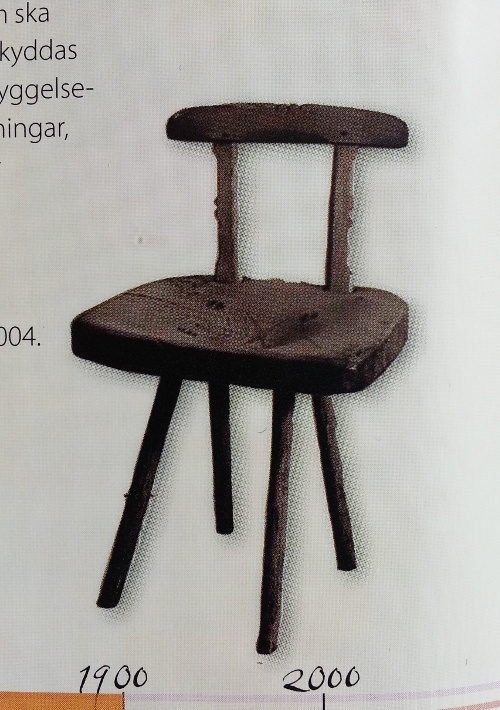Many graphic designers like to cut out objects from photographs and give them a digital drop shadow on the page. Here's an example of why this is often a bad idea. Since it's working with a 2D image, the drop shadow algorithm has to assume that the object has no depth or surface contour. In the example above, we have a 3D chair that's been given a shadow that would only be realistic if the object had been a 2D picture of a chair cut out of a piece of flat cardboard.
More like this
You know I wander around the intertubes, right? Who doesn't? Anyway, I saw this collection of strange google Earth images. Yeah, it is kind of dumb, but this one made me think:
I frequently hear people imply, if they don't state directly, that two working eyes are required for depth perception. This is surprising because with a moment's reflection, it's easy to see that there are depth cues that don't require both eyes.
"To morrow, I believe, is to be an eclipse of the sun, and I think it perfectly meet and proper that the sun in the heavens, and the glory of the Republic should both go into obscurity and darkness together." -Benjamin F. Wade
How do we tell where an object is in a three-dimensional world when our eye only gives us two dimensions worth of information?

